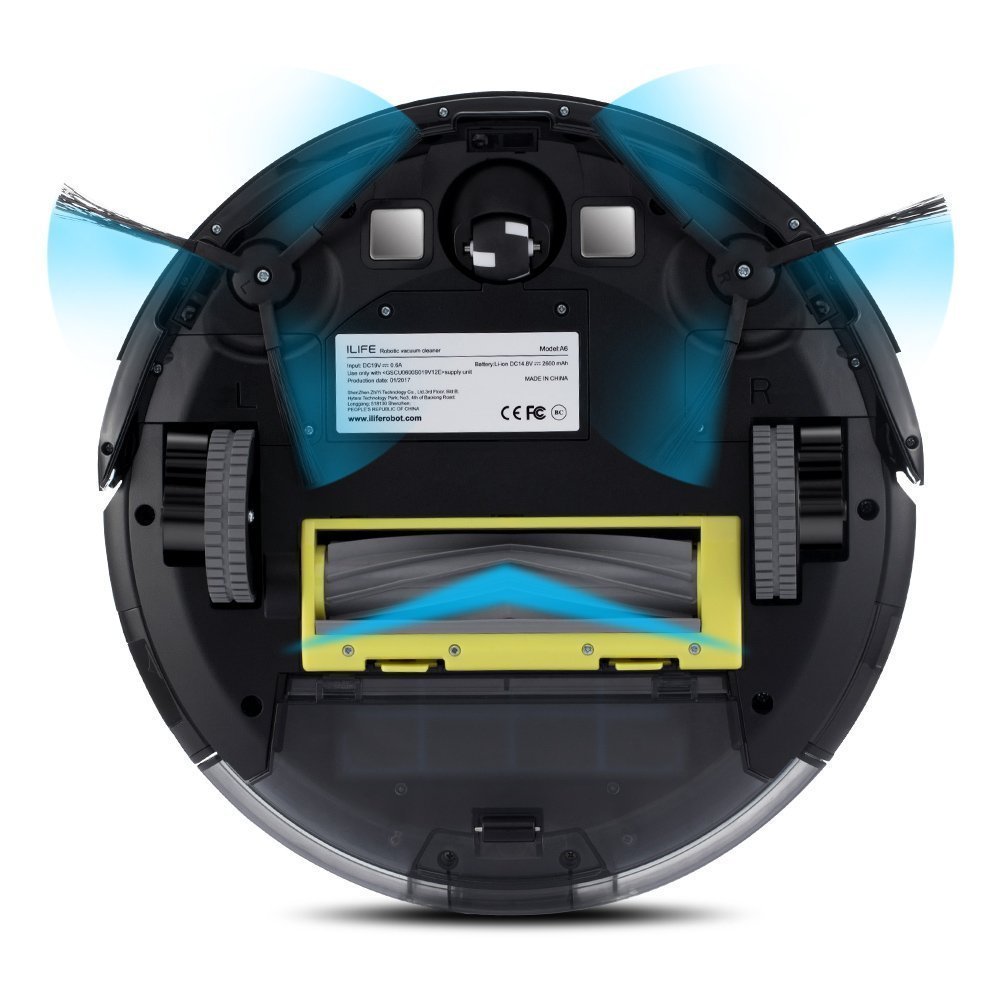Inputs and outputs are essential components of any robotic system. They allow robots to interact with their environment and perform tasks based on the data they receive. In this step, you will learn the basic concepts of inputs and outputs in robotics.
An input is any data or signal that a robot receives from its environment or other devices. Examples of inputs include sensor readings, user commands, and data from other robots. Outputs, on the other hand, are the actions or responses that a robot generates based on its inputs. Examples of outputs include motor movements, LED lights, and sounds.
Inputs and outputs are crucial for a robot to function effectively. They enable a robot to sense and respond to its environment, making it capable of performing tasks autonomously or semi-autonomously. Without inputs and outputs, a robot would be unable to interact with its surroundings and carry out any meaningful actions.
Think about a simple example: a robot vacuum cleaner. The vacuum cleaner uses inputs (sensors) to detect obstacles and dirty areas, and outputs (motor movements) to navigate and clean the floor. Without inputs and outputs, the vacuum cleaner would not be able to perform its intended function.
It is important to understand the differences between inputs and outputs in a robotic system. Inputs are the data or signals that a robot receives, while outputs are the actions or responses that a robot generates. To differentiate between inputs and outputs, consider the following questions:
For example, a temperature sensor is an input because it receives data (temperature) from the environment, while a fan is an output because it generates an action (air movement) based on the data it receives (temperature).
Now that you understand the differences between inputs and outputs, let's look at some examples of each in a robotic system:
Keep in mind that some components can function as both inputs and outputs, depending on the context. For example, a touchscreen can be an input when a user interacts with it, and an output when it displays information.
